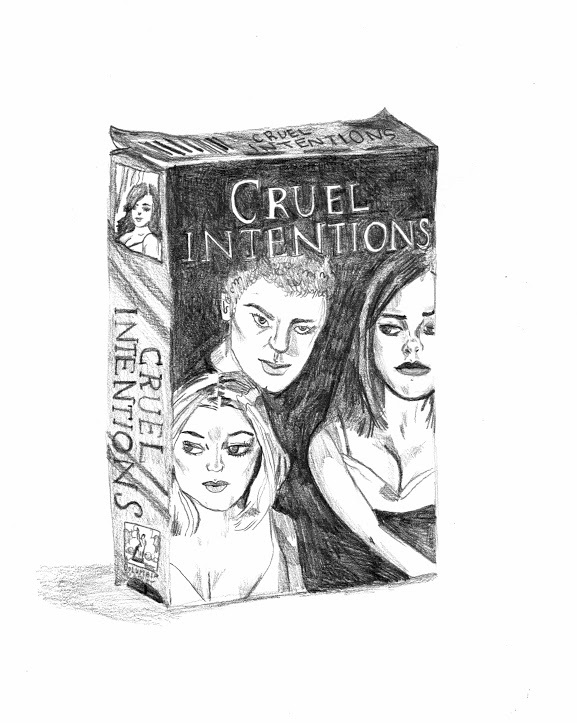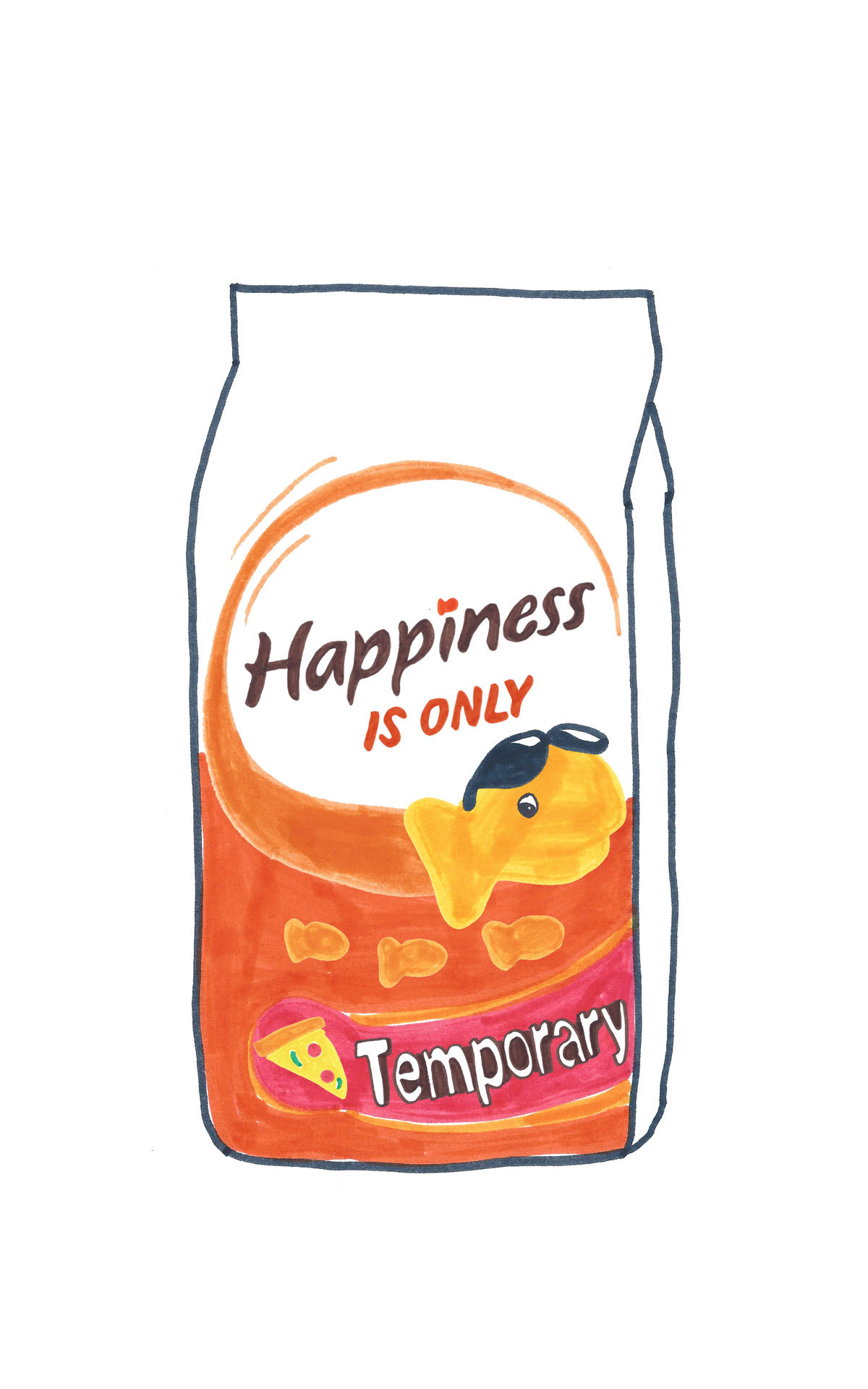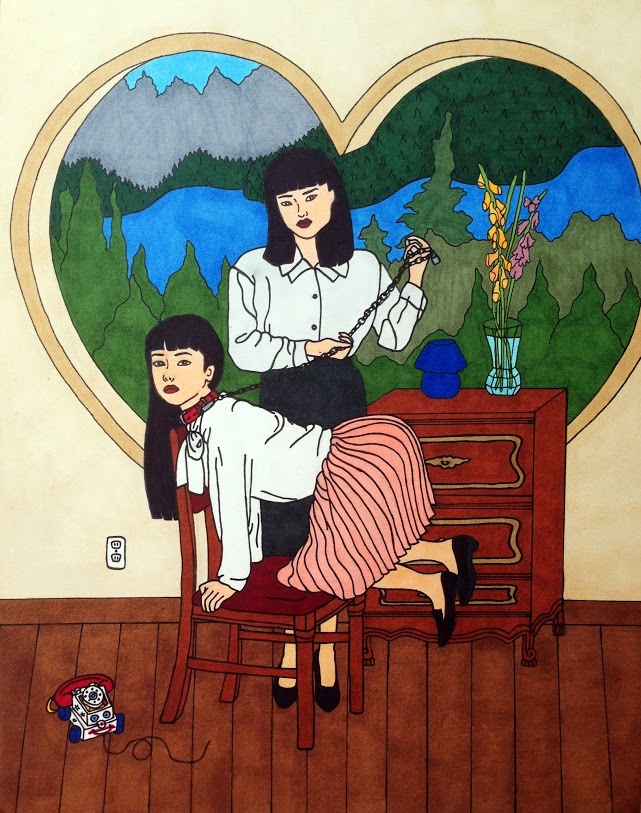Grace Miceli is the 26-year-old artist who doesn’t take shit from anybody. Bored of seeing work by old white cis men, in 2011 the Chicago-born, New York-based creative launched her own online gallery, giving visibility to a variety of voices. Comprising over 30 internet-based artists, Art Baby is a space where women are taken seriously, where comments like “my kid could do that” are rebuffed with remarks like “but they didn’t”, where you don’t have to be perfect, where you can still be figuring out the kind of artist you want to be, where the color pink is synonymous with female empowerment, and where art is ultimately accessible to anyone with wifi. In short: it’s the future, and we couldn’t be more excited about it.

When did you first become interested in art?
My mom is an artist, specifically a glass blower, so when I was younger I was lucky to be exposed to it. I just always wanted to do it. I remember being young and feeling the satisfaction of creating something that people wanted to look at. There are photos of me when I was maybe seven years old and I hung up art that my brother and I had made all around our apartment in Chicago and I’m carrying a briefcase and wearing my dad’s blazer, ready to sell some art to my mom, I guess.
How would you describe your aesthetic?
My kid could draw that, but they didn’t.
What’s the story behind Art Baby? Why the name baby?
I was living in the middle of the woods and feeling bored and uninspired by not having the active artistic community that I was used to having when I was a student. I was seeing all this cool art online – Tumblr mostly at the time – so I wanted to try and re-focus some attention on the work I found particularly interesting, so I made the website for Art Baby Gallery. I’ve always wanted my own gallery space, but that’s really expensive and I was living in Vermont at the time, so Art Baby started as a simple alternative. Baby is a reference to youth, more specifically youth in relation to an artistic career. It’s also a term of endearment, like I call my friends “babygirl.” It’s a playful term reserved for someone that you really like.
What do you stand for?
Right now, my focus is using the platform that I have to give exposure to artists who otherwise are underrepresented or overlooked by the traditional art world.
What do you look for when approaching an artist?
Usually an artist who is using the internet as the main platform to showcase and interact with their work, but whose work isn’t what one might call “net art.” I’m interested in artists who are still figuring it out, ones who are not already established. Now I get so many submissions, it’s great to see the interest in exhibiting online grow.
What’s so great about art in the digital age?
Accessibility. You don’t need to spend hundreds of dollars on oil paints and stretched canvases or live in a major city to have your work be seen. In the past so many female artists never gained recognition until they were old or already dead, so it’s exciting that so many young artists have these new channels through which they can find exposure online and communicate and support each other along the way. Artistic communities exist online despite geographic location and that’s so cool to me. I think there has been an expansion to the definition of what it means to be an artist as new mediums have been developed in the digital age.
A lot of the artists featured on the site borrow the tropes of girlishness – the color pink, frilly knickers, references to Polly Pocket – as a means of female empowerment. To what extent can you call this authentically feminist?
I think that it can be difficult as a female artist to be taken seriously, no matter what type of work you are making. There’s this notion that if something is pink and cute it’s not clever or informed or has any depth. As young females we have all of these objects and imagery pushed upon us to consume and relate to, and then when we become adults we’re basically told that if we’re going to align ourselves with these same aesthetics we can’t be taken seriously. So I think work in that vein is saying “fuck you” to that idea. It’s authentically feminist because the artist creating it identifies it as such.

What are the dangers of feminism as a trend?
I think that’s a silly notion. I don’t think a person becomes a feminist for a few months and then stops when it’s not cool anymore. If someone becomes introduced to feminism through girls that the media is currently deeming “trendy” I see absolutely nothing wrong with that. Not everyone is privileged to have academia to introduce them to feminist theory, so if you discover feminism through Tumblr, that’s awesome too. Of course it’s important that feminism isn’t understood simply as “girl power” or proudly wearing the color pink, but I think we need to give young females more credit than to assume that’s where their understanding of feminism stops.
What do you say to those who doubt the credibility of internet art?
I visit galleries in Chelsea and I see mostly work by old cis straight white men, and that’s so boring to me. When I look at art online I see so many different experiences and voices represented that have been missing in the traditional art world for so long. That’s starting to change but not at the pace that it is online. If credibility is being issued by those currently in power and control at those institutions, I couldn’t care less about it.
What are you working on at the moment?
I’m curating Art Baby Gallery’s first IRL show, Girls At Night On The Internet, which I’m really excited about. It’s going to be a group show in Brooklyn, I’ll be announcing more details about it soon.
Girls At Night On The Internet will be showing at Alt Space gallery in Brooklyn from August 21st
Credits
Text Tish Weinstock
